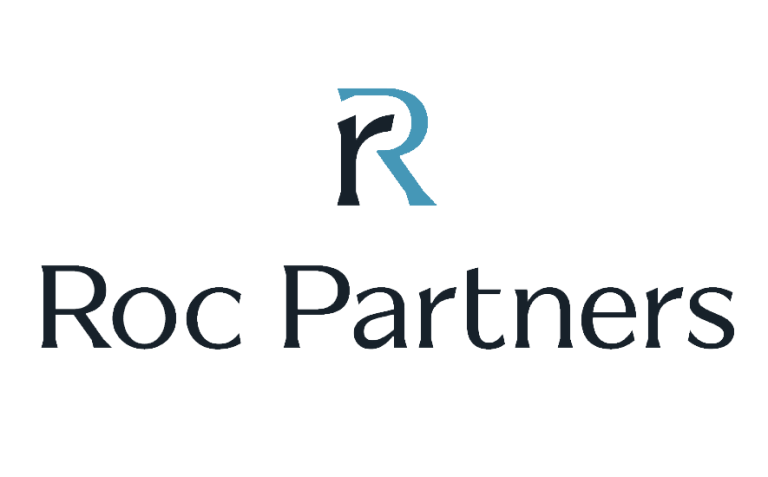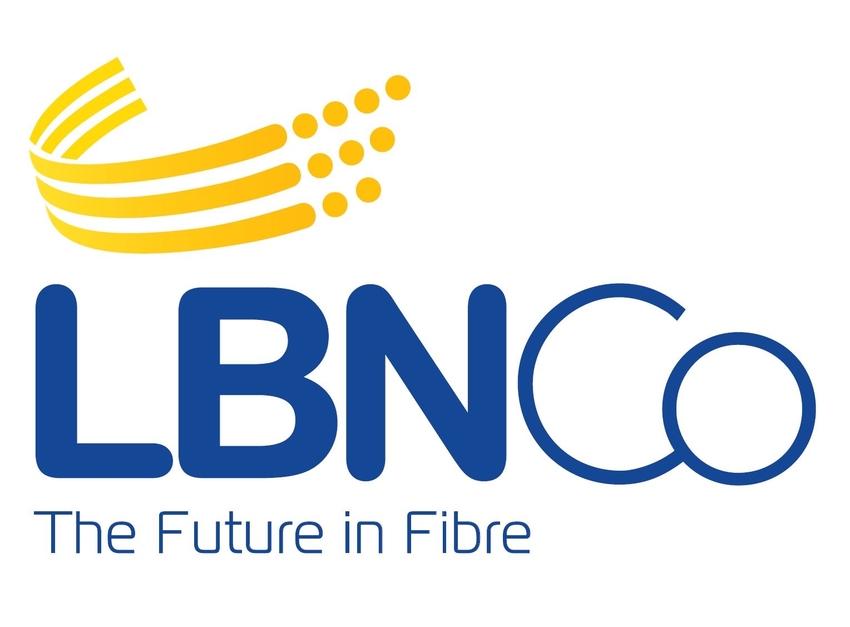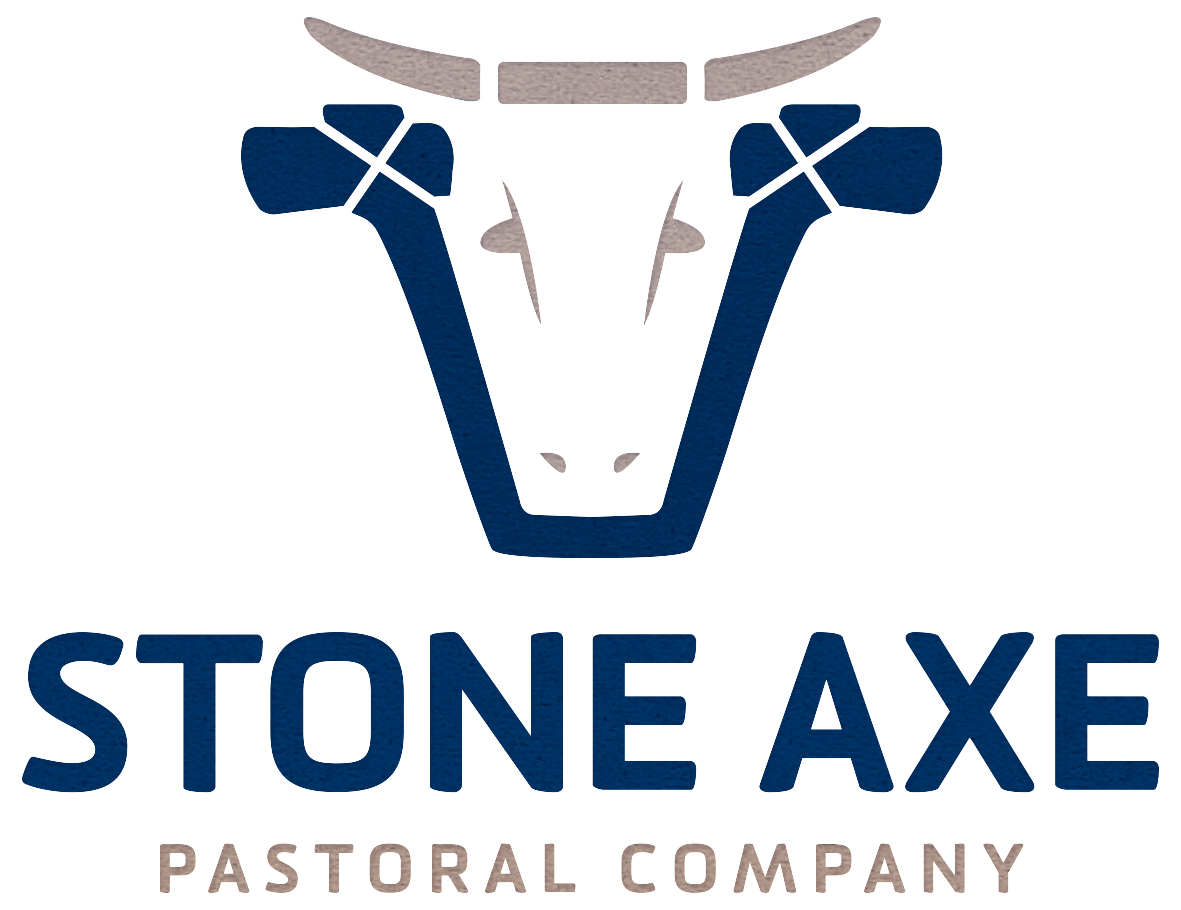Frank Barillaro: Thanks for joining us and welcome to our Food and Agricultural update for 2024. Brad, inflation has been a recent theme, particularly in recent years. How does that trend fit within the food
and agriculture space and what do you see going forward for 2024?
Brad Mytton: What we've tried to do is focus on the premium differentiated products. I think about something like StoneAxe Pastoral and our ultra-premium wagyu beef has been really resilient to those inflationary pressures. We've been able to move prices up with the market or fasten the market which has been a real benefit to us.
Probably the other factor is being relevant to the retailers and domestic context, we want to be investing in market leaders. I think about Flavorite and Glass House segment or Pace Farm, in relation to eggs, market leaders in their respective categories, having relevant conversations about big volumes for the retailers has proven to be a better place to be than being a small player, being one of many.
Frank Barillaro: Great. And has food been resilient to the inflationary environment or have you seen benefits in the portfolio as a result of those inflationary pressures?
Brad Mytton: Yeah, we have actually, we've been able to move prices up and some of those larger companies especially have been significant beneficiaries. Some of the other trends we're seeing is around food security. So, continual conversation from international groups around food security. Australia is a country that benefits significantly by significant export volumes of food. And some of those sovereign wealth funds and other groups internationally talking about food security has been a big draw card for everyone. And probably the other trend that's been a significant part of the last year and expect it to be into 2024, is just around sustainability. So when I think around Flavorite, and its efficiency of water use and its intensity with regard to minimal land use and minimal pesticide use, some of those factors are really playing through and being of significant interest to investors. So, I expect more of that in 2024.
Brad Mytton: So Frank, another trend that’s out there is valuations or an increase in valuations, what are you seeing in the agriculture sector in regard to valuations?
Frank Barillaro: Yeah. The agriculture sectors benefited from pretty strong values over the last four to five years. I think with the higher interest rate environment, a bit of a structural shift in some markets, people are now beginning to revisit valuations and some of that heat hopefully is coming out of the market. We're anticipating over the next twelve to eighteen months that will present some buying opportunities at some attractive valuations. And really, just give a bit of a pause and an opportunity for the buyers and the sellers to recalibrate and to find some good opportunities for investment. We're seeing some interesting signs in the cost of debt over the last six to twelve months. I think we've been on an upward interest rate curve, but very, very recently we have seen ten-year bond rates move down significantly from over five to a little over four. So, we think that will support buying activity in the sector and hopefully provide the basis for structuring deals with good attractive returns.
Frank Barillaro: Brad, the corporatization of the Australian food sector has made significant gain, particularly in the last ten years, and certainly the last five. How do you see that trend continuing and what do you think it means from an investment perspective as we look at food and agriculture here in Australia?
Brad Mytton: Yeah, I think corporatization is one of the largest mega trends we have in our sector. So, what we're seeing is those successful small family operations acquiring their neighbours, that journey then becomes more of a corporatization journey. And those small corporates then sort of morph into large corporates. I think our, our investment capital really facilitates that journey. There's a lot of people that talk a lot about succession, there's sort of generational change and often there's external capital needed for those journeys. So, a core part of our strategy is really looking to find those best partners, the best operating partners, the best management team in that a given sector. And that corporatization journey plays into that very well. So, I expect that'll continue at pace during 2024, it's something that needs to happen, there's an increasing population and there's constraints on land and being more efficient having an uptake of technology to support that more intensive production. All of those things lend themselves to more of a corporatized model rather than a family farmer model. So, a lot more of that to come, it's a global trend, it's happening everywhere, and it presents opportunities for our investment dollars.
Frank Barillaro: I read a report recently from Abares that ninety percent of corporate profits in the farming sector come from the top twenty-five percent of farms. How do you see that play as an opportunity for people like ourselves to invest into the agriculture sector and take advantage of that ability to corporatize family farming?
Brad Mytton: Yeah, it's a core tenant to our strategy, right? We want to be investing in the market leaders for exactly that and that's one of the reasons that we like investing in those large operations. There's clearly benefit to scale, there's clearly more profits to be made. There's operational leverage that plays through some of those larger sort of production enterprises. So, the ability to be part of those market leaders is a lower way to make investment money than to sort of be backing one of the smaller guys. So again, see a lot of that continuing to play through, I think the market needs capital like ours to help facilitate that. And some of those, export surpluses that Australia enjoys, can be facilitated with more investment.
Frank Barillaro: Yeah. Great. Food and agriculture here in Australia has probably been a bit of an underserviced market from an institutional perspective. It certainly feels like we lag twenty, thirty years behind America or the North America markets where there has been that corporatization. Do you see that as an opportunity going forward and the potential for further interest from institutional investors in this space?
Brad Mytton: Yeah, absolutely. And we've clearly benefited from it over the last five years, right? Some of the really fantastic companies that are now in our portfolio that were really in sectors that hadn't had much institutional investment in previously. So, I think we've been beneficiaries of that historically, and I think there's more, there's more companies out there that'll meet those requirements as well. We're seeing more interest now, there's still a lot of interest from offshore pension funds, there's a lot of interest from offshore strategics in some of these sectors. So being there and being boots on the ground to go and meet the teams, work out who's the best at a given sector and make those investments as a core part of what we do.
Frank Barillaro: Fantastic.
Brad Mytton: Frank, just touching on climate change for a second, clearly a massive theme. How do you see climate change impacting some of our investee companies, both in the existing portfolio and new companies we're looking at?
Frank Barillaro: Yeah, it's certainly been a focus for us ever since we started this journey, investing in agriculture here. Climate change I think is one thing people need to adapt to and look at proactively. We've had a focus on investing into companies where we can diversify risk from climate change. And examples of that are what we call investing with agriculture with roofs. So, we have a very big chicken, poultry farm which is all under closed environment temperature controlled and still has some exposure to climate and things like that.
But largely you can control what's going on inside. The recent investment, we've done in pace farms is another example. Closed production systems, something where we're not entirely exposed to changes in climate. The investment in Flavorite is another example where we can minimize the effects of climate change on our production cycle and also be a beneficiary of adverse climate conditions, which might affect field growing crops. So they're definitely sectors we've invested in have done quite well out of and following those trends.
Going forward, it's just making sure that whenever we're assessing new investments, that we're thinking about those risks, how can we mitigate exposure to climate events and how can we pick sectors where the impacts of climates aren’t going to be extremely volatile to investment returns.
Brad Mytton: And what are you seeing from the consumer in relation to climate change and sustainability more generally? How are you seeing that very large group interact with food producers there?
Frank Barillaro: There's certainly a focus domestically, particularly from the retailers, to ensure a consistency of product and a consistency of supply. So, a lot of us will remember iceberg lettuce at ten dollar a head and that placed constraints on the food production system generally in Australia. So, the supermarkets are looking for ways to ensure they've got consistent supply and we see the trend moving more toward protected cropping environments. We've got a good investment in tomatoes and cucumbers and capsicums going through Flavorite. We see that sector moving more into leafy greens other parts of the food supply chain.
Frank Barillaro: Brad, a key focus of our strategy is investing in real assets. Food and agriculture allows you to invest in tangible things that you can touch and that you can feel and things that underpin valuation and a basis for your investment. Can you talk a bit more about the real asset strategy and the opportunities you see here in Australia over the next twelve to twenty-four months?
Brad Mytton: Yeah, certainly. So, some of the investments that we've already made significant a real asset base. So, I think about Flavorite, the largest class house operator in the country, StoneAxe wagyu is one of the largest full blood wagyu herds in the world now. I think about ProTen, our broader chicken business that you mentioned earlier, Pace Farm our tree nut platform, Lachlan River Almonds for example. All great examples of that real asset mindset, and our desire to own and operate those. The strategy really revolves around how do we take those operating real assets, and looking to pair those with the best management teams, in the country. So really finding the best asset paired with the best management teams and looking to bring some of that private equity approach to the food and culture sector.
So that's been the story historically and we'll continue into the future, when we start thinking about returns and how they sort of overlay with the strategy really looking to run those real assets for a standard return that might be a low team style return, just running those target assets we think there's operational value add, be that through, acquisitions that are creative multiples or development activities in relation to greenfield brownfield expansion and the like. That gets us up into the sort of high teens returns with relative consistency. And then really looking for buying well, selling well. Those other multiple arbitrage, bit of debt, these types of things to really put us into the twenty sort of returns, which lines up with how we've been performing historically.
Frank Barillaro: You spoke about having real assets underpinning like a good, twelve to fifteen percent type of IRR and implementing value add
through operational improvements. But how do you see things like balance sheet optimization, acquisition opportunities, to really drive alpha in the investment portfolio above that sort of ten to fifteen percent that's underpinned by the real asset strategy?
Brad Mytton: Yeah, I think that's where the private equity industry's done a wonderful job at optimizing and really extracting as much as they can over these types of companies. And bringing some of those learnings from that sector, it's been a big part of some of our value add as well. So, we've seen examples in our existing portfolio, sell and lease back in certain circumstances, looking for acquisitions that are at accretive multiples. So those types of things are something we can do obviously have wonderful relationships with some of the leading banks in the sector as well. So, very good ability to kind of work with those banking partners as well for the benefit of our portfolio.
Frank Barillaro: Brad, it's been great speaking to you today and we look forward to many positive things in 2024.
Brad Mytton: Thanks, Frank.
Frank Barillaro: Thank you.




